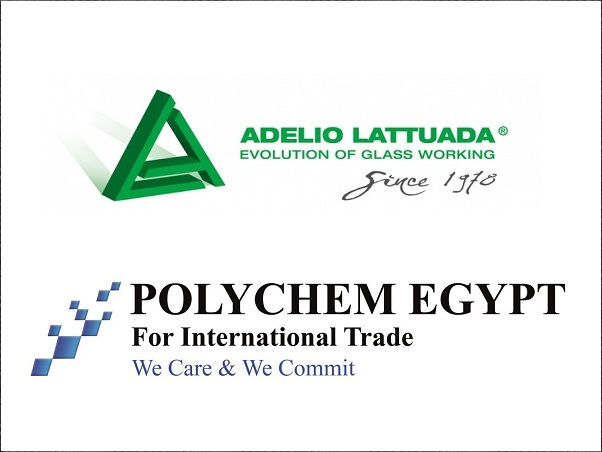Date: 4 July 2005
"For the first time, we can actually demonstrate that people made glass there and how they did it," said archaeologist Thilo Rehren of University College, London, one of the paper's authors. "We're confirming what previously we could only guess about."
Glassmaking is thought to have originated in Mesopotamia -- now Iraq and Syria -- about 1550 B.C.
By 1250 B.C., the technology had become substantially better, although artisans could only produce opaque, colored glass used to make small items such as perfume containers, figurines and other decorative objects.
Researchers knew that craftsmen at several sites in Egypt were working with glass ingots and using them to fabricate objects of art. But most assumed the ingots were brought in from Mesopotamia or elsewhere. A famous wrecked cargo vessel discovered off the Turkish coast of Ulu Burun in the 1980s carried 175 such ingots, and researchers had assumed that they were destined for Egypt.
The discovery reported last month, however, strongly suggests that the ingots were manufactured in Egypt and bound for the Middle East, said glass expert Robert Brill of the Corning Museum of Glass in Corning, N.Y. Remains of the ceramic vessels used to manufacture ingots at Piramesses were almost identical to those found on the Ulu Burun wreck, he said.
"That's the context into which Thilo's findings should be placed," he said.
The modern-day village of Qantir is the site of the ancient city of Piramesses, built by Ramesses II as the capitol of northern Egypt. Rehren and his co-author, Edgar Pusch of the Pelizaeus Museum in Hildesheim, Germany, have been working there for nearly two decades.
Hundreds of crucibles
When Ramses II built the city, he created a large glass workshop surrounded by domestic quarters, small temples and other buildings. Pusch and Rehren have so far excavated only about 10 percent of the workshop area, Rehren said, but they have found the remains of hundreds of ceramic crucibles, each of which contained a glass ingot. They have also discovered ingots in the rawest stage, providing crucial clues about the production process.
Many historians assumed that sand was used as a raw material for the glass, but the excavation reveals that the Egyptians used quartz pebbles that were laboriously pulverized. Traces of the quartz grains remain in some of the crude glass they found.
The quartz was placed in used beer jars along with ash produced by burning native plants called halophytes, which thrive in regions with high salt concentrations in the water. When they are burned, their ash is about half soda -- a key ingredient in making glass -- and half rock salt. The ash and quartz were heated to form a very raw glass.
After cooling, the beer jars were smashed to remove the primitive ingots, which were ground once again into a fine powder to remove air bubbles and washed with water to remove residual rock salt.
The powder was then poured into small-necked ceramic jars, using funnels that were found by the researchers, and heated again, this time to a little over 1800 degrees Fahrenheit. This heating stage required great skill, Rehren said.
"Another 50 degrees hotter and the crucibles melt, and then you are in deep trouble," he said.
To maintain the proper temperatures, the crucibles were wrapped in a ceramic fabric that served as an insulating barrier, the archaeologists found. A small number of holes in the wrap toward the base of the jar allowed heat to reach the vessel. Clear evidence of these hot spots can be seen on shards from the jars, said Rehren, who called it a "very clever" technique.
After it was cooled, the ingot was kept in the jar for shipping. Although there was probably some trade in the ingots, Rehren said, they were primarily used as gifts sent from one group of elites to another as a sign of their high status.
The factory only operated for about 50 years before it was converted into a training and staging area for chariot troops, Rerhen said.







Add new comment